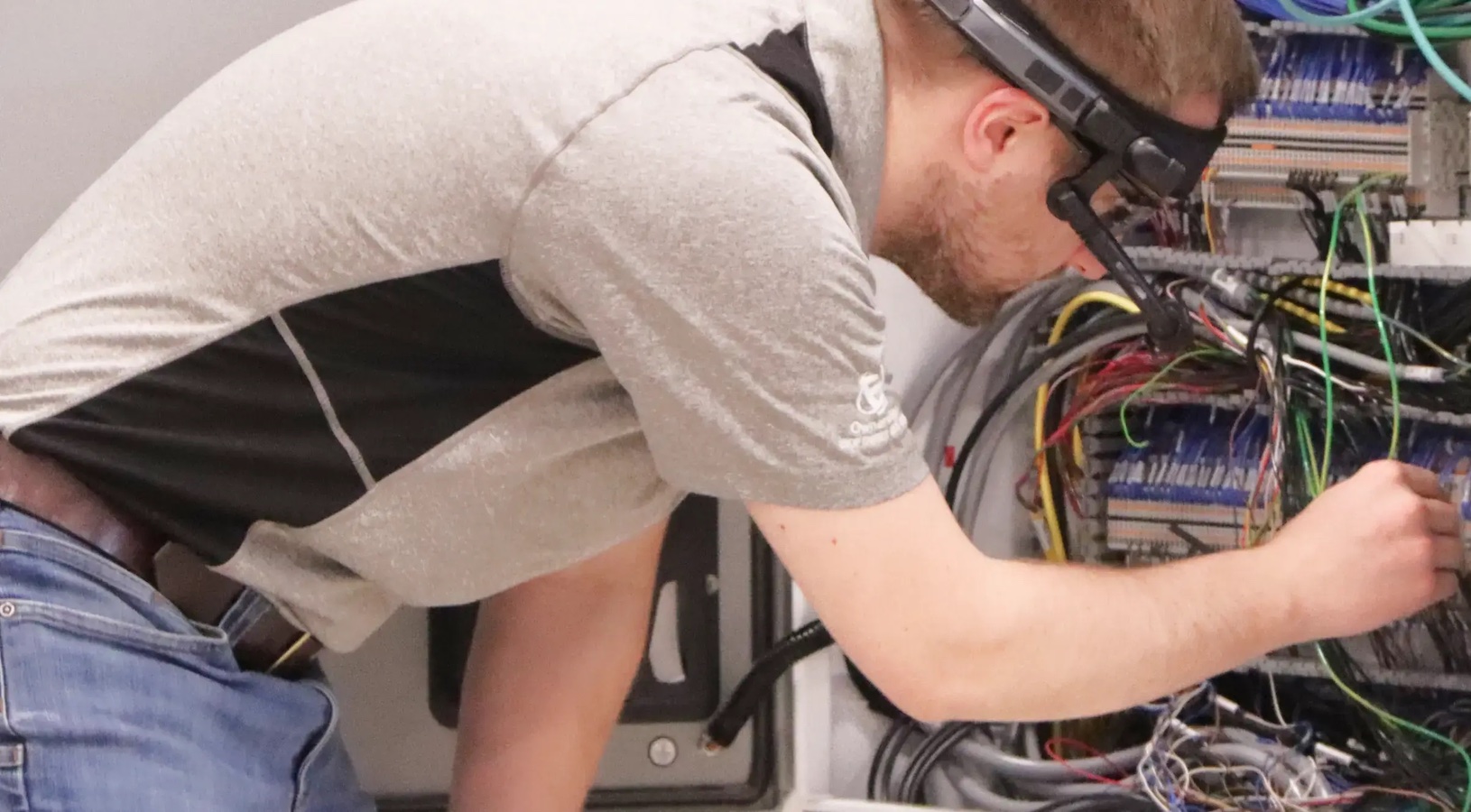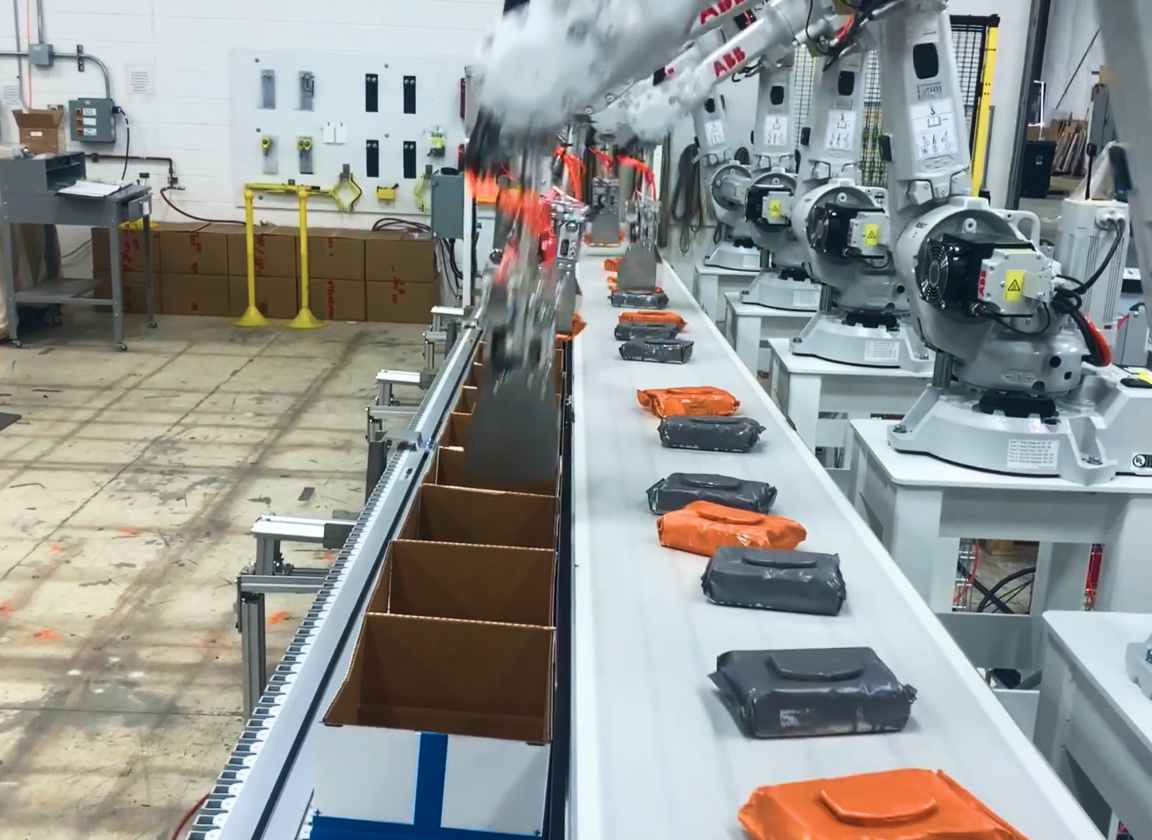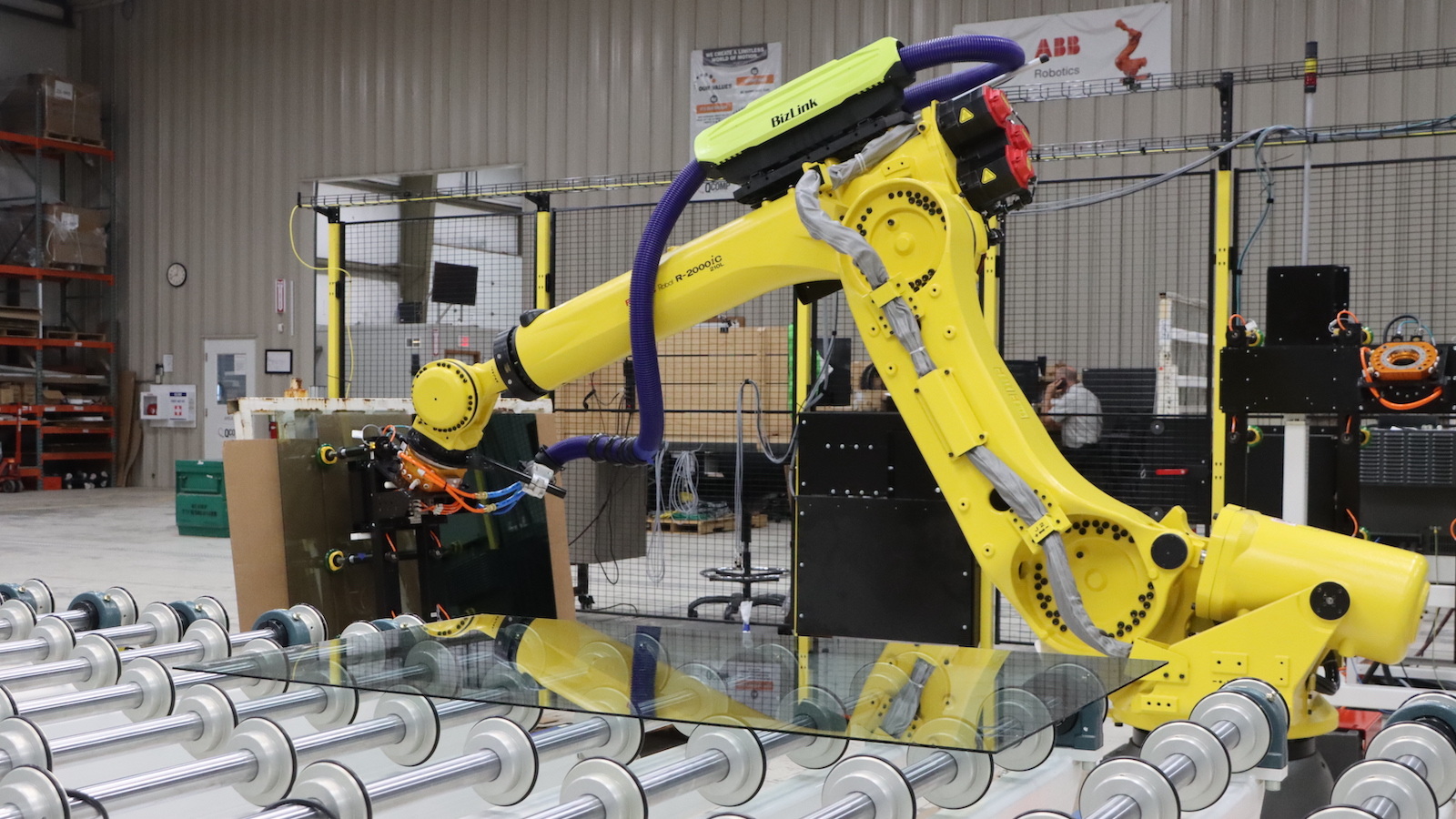Before You Sign a Contract: 5 Smart Questions to Ask an Automation Partner
Investing in a robotic automation system isn’t just a line item on your capital expenditure sheet. It’s a strategic decision that will shape your operations for years to come.
Get it right, and you’ll unlock new levels of throughput, labor efficiency, and long-term ROI. Get it wrong, and you could be saddled with a system that underperforms, overruns budgets, or disrupts your operations.
Signing a contract can’t be based on RFP specs or sales promises alone.
Organizations need to fully vet whether an automation partner can truly handle their unique application, integration complexity, or long-term support needs.
Before you sign on the dotted line, take the time to ask the right questions.
- What measures are taken to ensure the safety of robotic cells?
- Is your robotic solution customized or off-the-shelf with modifications?
- Is maintenance and service included in the contract?
- What security measures are in place for remote support and IoT devices?
- What hidden factors should be looked for in a robotics vendor proposal?
What measures are taken to ensure the safety of robotic cells?
Before you even consider ROI or throughput, you need assurance that your robotic system will operate safely in your facility. The right partner will demonstrate a clear, standards-based approach to safety that’s built into every phase of the project.
Start by asking whether the integrator is an A3 Certified Robot Integrator and whether their programmers are individually certified. This certification signals that the vendor follows industry-recognized best practices and is regularly audited to uphold them.
Look for evidence that safety is addressed early in the design process, not just at the end. For example, system layouts should always include critical safety features like robot reach, fencing, and light curtain setback calculations. These setbacks should be calculated using established ANSI and ISO standards to ensure workers cannot inadvertently enter a hazardous zone during operation.
A credible integrator will also perform a formal safety risk assessment before system handoff. This assessment should identify potential hazards, document mitigation strategies, and reference applicable standards. Ideally, it’s completed both on the integrator’s floor during testing and again at your facility post-installation, with a documented sign-off process.
If a vendor can’t clearly walk you through their safety protocols, that’s a red flag.
Is your robotic solution customized or off-the-shelf with modifications?
Some integrators offer pre-engineered or “canned” robotic solutions that they adapt and retrofit for different applications. On the surface, this approach can look faster and more cost-effective.
But it’s important to ask: what are you really getting, and what will it take to make it work for your specific needs?
An off-the-shelf solution may be built for palletizing boxes, for example. But if your product is flexible, oddly shaped, fragile, or slippery — like bags or nonwovens — modifying a prefabricated system can introduce added tooling costs, longer commissioning times, and potentially compromised performance.
Another misconception is speed to delivery versus speed to deployment. A vendor may promise a shorter lead time, but if much of the system’s programming and testing happens on your floor, startup could take weeks or months. If you’re replacing an existing system or have limited floor space, that kind of on-site programming and deployment can be highly disruptive.
By contrast, systems that are fully designed and proven to work before being installed on your floor can be up and running in a matter of days, not weeks.
Think of it like buying a vehicle. If you need a truck but are sold a compact car with aftermarket add-ons, you’ll likely spend more time and money trying to make it work. A truly customized system is engineered to solve your specific challenge and can save you time, reduce risk, and deliver better results over the long haul.
Is maintenance and service included in the contract?
Some vendors follow a "ship and support" model, where a technician may show up for install, run the system briefly, and hand off the keys with limited support afterward.
Before signing anything, ask how long the integrator stays onsite, how involved they are during ramp-up, and what kind of ongoing support is guaranteed.
You should also ask:
- What kind of long-term service and parts availability do you offer?
- Do you charge extra for service calls, remote diagnostics, or basic programming tweaks?
- Will you support legacy systems?
- Can you troubleshoot or update systems installed years, even decades ago?
Choosing a partner who’s committed to long-term support ensures you’re not just buying a robotic cell, but a working system backed by people who are invested in your success well beyond day one.
What security measures are in place for remote support and IoT devices?
As robotic systems become more connected, manufacturers are rightfully asking tough questions about cybersecurity and IoT-connected devices.
Before allowing any vendor to tie into your network or provide remote diagnostics, it’s critical to understand how they handle access, authentication, and system protection.
- Can they describe the architecture of their remote support tools?
- Do they use secure VPNs or firewalled devices?
- Are there documented policies in place for who can log in, when, and under what conditions?
Another common oversight is the integration with existing MES or ERP systems. Manufacturers may request real-time production data or scheduling visibility, but if your internal IT policies don’t allow third-party connections, that functionality can come to a hard stop.
It's also worth asking how the vendor navigates the line between OT (operational technology) and IT. Vendors that understand both sides can proactively design solutions that meet your cybersecurity protocols while still delivering the functionality your operations team needs.
Bottom line: don’t assume a robotic system is plug-and-play when it comes to connectivity. Make sure your IT department is on board early in the process.
DOWNLOAD → A Guide to IT and OT Convergence
What hidden factors should be looked for in a robotics vendor proposal?
When comparing proposals, it’s just as important to look for what’s missing as it is to evaluate what’s included. A lower price point may seem attractive at first glance, but missing components, lower-quality equipment, or vague specifications can add unexpected costs and risks later.
For example, we once reviewed a competitor’s proposal that looked significantly less expensive on the surface, only to discover it didn’t include access doors to the robotic cells, meaning operators had no way to gain entry.
In another case, a customer purchased collaborative robots from a lower-cost brand. Within a year, motors began failing, forcing the company to reinvest in higher-quality robots that could have been specified from the start.
Ask vendors to specify the brands, standards, and equipment being quoted, and don’t hesitate to press for details. Often, the “cheaper” proposal leaves out essentials that will drive up costs later.
The adage of “you get what you pay for” applies to robotic integration. That’s why QComp Technologies partners with trusted manufacturers like Fanuc, ABB, and Stäubli.
Making an apples-to-apples comparison is the only fair way to evaluate your options.
Why choose QComp as your robotics automation partner?
Choosing the right automation partner is about more than comparing price tags and promised lead times. It means asking the right questions.
The answers reveal if a partner is prepared to stand behind their system for the long haul or if they are simply eager to win the sale.
If you are exploring automation for your next project, our robotics experts are here to help you think through the tough questions and evaluate your options with confidence. Reach out today to start a conversation about your goals and uncover what it takes to find a partner truly up to the challenge.
Share this
You May Also Like

More Than Integration: QComp Delivers Robot Parts, Service & Direct Sales
QComp is a trusted source for OEM robot parts, expert service, and direct robot sales from ABB, FANUC, and Stäubli.

Robotic Automation ROI Analysis: Wet-Wipe Lidding Applications
Discover how robotic automation delivers ROI in the wet-wipes industry with cost savings, efficiency gains, and improved employee satisfaction.

Optimizing Glass Line Load and Unload with Robotic Automation
Robotic glass line load/unload automation improves safety, efficiency, and productivity. Discover robotic solutions to optimize handling in glass manufacturing.
